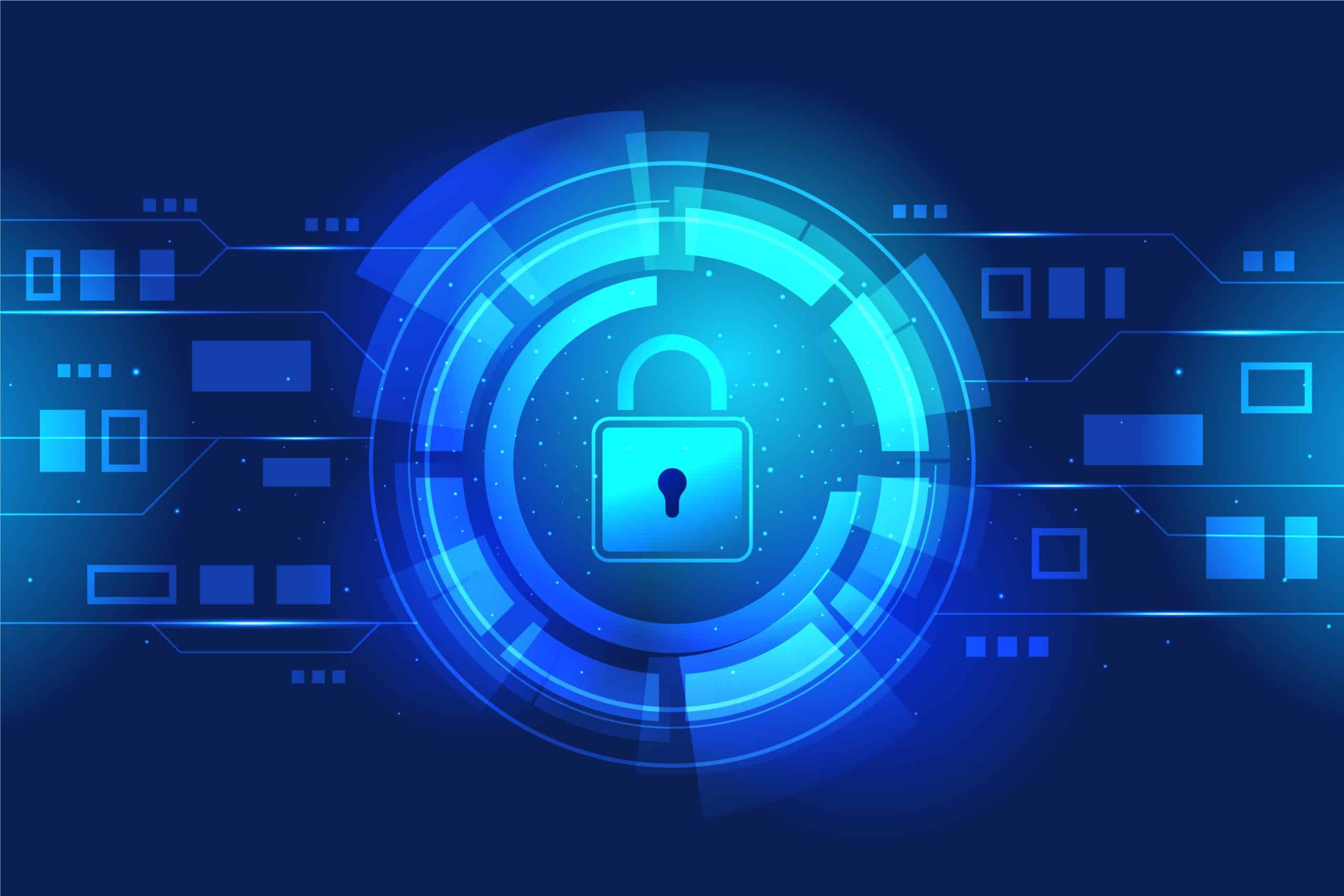How Legal Help Prevents Disputes in Non-Compete Agreements

Non-compete agreements are essential tools for businesses to safeguard their interests. These agreements restrict employees from joining competitors or starting similar ventures for a certain period and within a specific area. However, disputes over non-compete clauses frequently arise. These conflicts often stem from vague language, overly restrictive terms, or failure to comply with legal standards.
So, how can you avoid these issues? This is where legal assistance becomes invaluable. With the right legal expertise, you can prevent misunderstandings and ensure the agreement is clear, fair, and enforceable.
In this post, we’ll explain how legal guidance helps resolve and avoid disputes in non-compete agreements and why paying attention to the details is crucial for both employers and employees.
Ensuring Compliance With Applicable Laws
One of the main reasons disputes arise is that non-compete clauses often fail to comply with relevant laws. For example, in Australia, such clauses must adhere to common law principles and legislative frameworks, such as the Competition and Consumer Act and employment regulations like the non compete clause Australia fair work act. Legal professionals play a vital role in ensuring these agreements meet all legal requirements. They assess whether the clause is reasonable and necessary to protect legitimate business interests, such as trade secrets or customer relationships.
Clauses that impose excessive restrictions on an employee’s ability to work are often deemed unenforceable by courts. By involving legal experts, businesses can draft clauses that align with current legal standards. This reduces the risk of disputes while ensuring the agreement is fair and effective for both parties.
Tailoring Clauses to Specific Roles and Industries
Generic non-compete agreements often lead to disputes because they fail to account for the specific needs of a role or industry. A one-size-fits-all approach may impose unnecessary restrictions on employees or inadequately protect the employer.
Lawyers help customize non-compete clauses to align with the employee’s role and the industry’s requirements. For example, a clause for a senior executive with access to sensitive company data would differ significantly from one for a junior employee. Legal professionals ensure the clause’s scope, duration, and geographical limitations are proportional to the employee’s role, making the agreement fair and less likely to be challenged.
Balancing Employer Protection with Employee Rights
Disputes often arise when non-compete agreements are perceived as unfairly restrictive. If a clause overly limits an employee’s ability to earn a livelihood, it will likely be contested. Lawyers help strike a balance by drafting clauses that protect the employer’s legitimate interests while respecting the employee’s rights.
For instance, a clause preventing an employee from working for a competitor in the same city for 12 months may be enforceable if the restriction is reasonable and necessary. However, extending that restriction nationwide without justification could lead to disputes. By maintaining this balance, lawyers create agreements that are both effective and fair, minimizing the risk of legal challenges.
Reviewing and Negotiating Agreements
Ambiguities or errors in non-compete agreements often lead to disputes. Employees may misunderstand the terms, or employers may overreach in their restrictions. A legal professional can review agreements before they are signed to ensure clarity and compliance.
Additionally, lawyers facilitate negotiations between employers and employees. This step is critical in addressing concerns, aligning expectations, and resolving potential issues upfront. For example, an employee might negotiate a shorter restriction period or a smaller geographical limitation. With legal guidance, both parties can reach an agreement that works for everyone, reducing the likelihood of future disputes.
Offering Guidance in Enforcement and Dispute Resolution
Even with well-drafted agreements, disputes can still occur. Employers may need to enforce a valid non-compete clause if an employee breaches it, while employees may contest a clause they believe is unreasonable.
Legal help is invaluable in these situations. Lawyers assist employers in enforcing agreements through appropriate legal channels, such as seeking injunctions or damages. Legal professionals advise employees on challenging overly restrictive clauses or negotiating settlements. This guidance ensures disputes are handled efficiently and professionally, minimizing stress for all parties involved.
Things to Keep in Mind When Choosing a Lawyer
To make an informed choice, here are some key considerations:
- Expertise and Specialization
Ensure the lawyer has experience in the area of law relevant to your case. For example, if you need help with a non-compete agreement, seek a lawyer specializing in employment or contract law. Their focused knowledge can make a big difference in resolving your issue effectively.
- Transparency in Fees
Discuss fees upfront to avoid surprises later. Opt for lawyers who provide a clear breakdown of costs, whether it’s an hourly rate, fixed fee, or contingency-based payment.
- Availability and Accessibility
Ensure the lawyer is accessible and responsive. Delayed responses or a lack of availability can cause unnecessary stress, especially during critical moments in your case.
- Compatibility and Trust
Feeling comfortable with your lawyer is essential. Trust your instincts and choose someone you feel confident working with. A strong professional relationship often leads to better results.
Conclusion
We hope you now have a clear understanding of how legal assistance can prevent disputes in non-compete agreements. Don’t hesitate to consult a legal professional to ensure your agreements are fair, enforceable, and compliant with the law. Taking the right steps now can save time, reduce conflict, and protect both your business interests and professional relationships in the long run.




